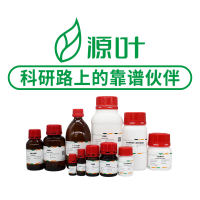4-Hydroxy-2-Nonenal (4-HNE) Staining by Anti-HNE Antibody
互联网
6213
In almost all aerobic cells, the oxygen metabolism generates reactive oxygen species (ROS), such as superoxide, hydroxyl radicals, and hydrogen peroxide. These ROS can peroxidize membrane lipids of a cell and its organelles, and can also attack DNA or protein (1 ). During the process of lipid peroxidation, polyunsaturated fatty acids (PUFA), especially linoliec acid, arachidonic acid, and docosahexaenoic acid, in biomembranes are degraded to a great variety of water-soluble, short-chain carbonyl compounds (2 ). Malonaldehyde and other aldehydes, such as alkaneals, 2-alkenals, hydroxyalkenals (3 ), and phospholipid-bound aldehydes (4 ) are generated in the lipid peroxidation process. The major representative of 4-hydroxyalkenals, 4-hydroxynonenal (4-HNE), is the main product formed from omega 6-PUFA (5 ). 4-HNE, a highly toxic aldehyde product of lipid peroxidation (5 ), is a sensitive marker of oxidative damage and lipid peroxidation and can be evaluated by immunohistochemical staining using an anti-4-HNE monoclonal antibody (MAb) (6 –8 ) and labeled goat anti-mouse IgG antibody (9 ).









